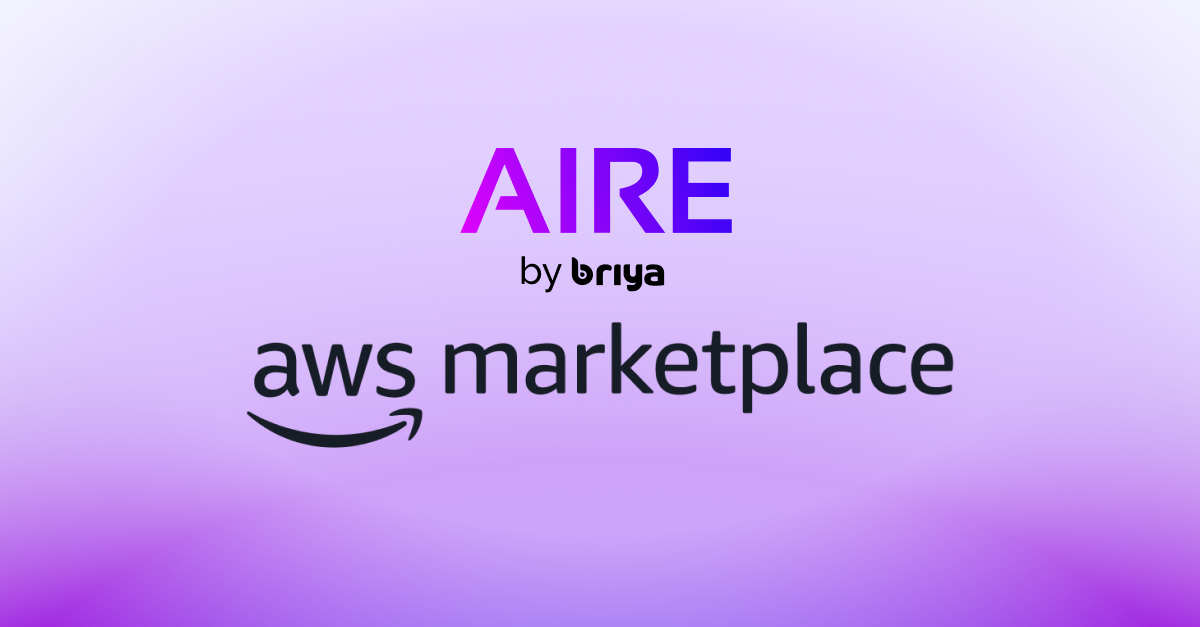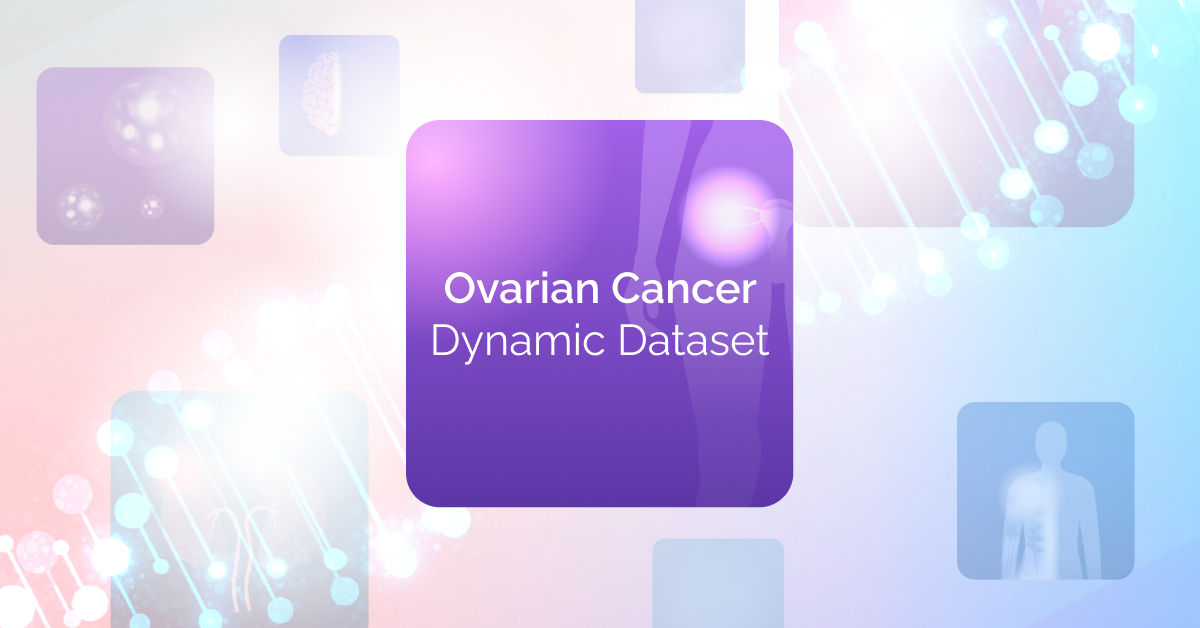Eleven months versus ten years. When you’re waiting for an answer to cure or prevent a disease, that difference can feel like forever.
Scientists that developed the COVID vaccine in under a year represent a huge medical breakthrough compared to the standard decade-long vaccine process. The expedited research and development phase showed the world just how quickly the process could occur if given the right resources.
The key here was better data. Data collaborations quite literally saved lives.
Researchers were able to access troves of data on past vaccinations to shorten the timeline by years, in contrast to the typical long timespan to retrieve accurate and high-quality data. In turn, the medical community provided life-saving treatments to hundreds of millions of people.
The question now is how to expand what we learned from COVID data to speed up medical innovation and revolutionize healthcare. The healthcare market is currently searching for a solution to deliver secure, live data retrieval and data exchange to researchers.
Scientists and doctors need high-quality, robust data to inform their research and provide crucial care to patients. But healthcare suffers from slow, inefficient, and unstandardized data systems. Retrieving healthcare data is increasingly difficult.
If you have ever done a science experiment or looked at company financials, you know the importance of longitudinal data. Longitudinal medical data shows trends over time and can chart the best course of action for current or future treatments to advance care, ultimately saving patient lives.
Healthcare data is one of the strongest assets available to improve care, but regulation and privacy laws are often used as an excuse to limit access. Patients suffer without answers to their health conditions and clinicians lack a longitudinal view of the patient’s journey to understand the complete picture of their health.
At the same time, researchers lack insight and information that could improve or cure diseases. Data that are secure, real, and live could be revolutionary in the medical world. Instead, the industry seems to find solutions that sidestep the challenges to deliver an answer, even if incorrect.
Real patients are waiting for real answers, but some researchers use artificial data to search for a cure. Synthetic data is easier to obtain and share, but is not a true snapshot of real-world patients, leaving researchers with less accurate and reliable datasets. Computers create synthetic data to mimic real-world data and, as accurate as the numbers may appear, they are still fabricated.
Another major concern with medical data is security. Patient data should be protected, but data sourced from healthcare providers can be shockingly insecure. Many institutions do not have the bandwidth to store decades of patient records on their systems. The infrastructure needed to house that amount of data is, simply put, massive.
Hospitals often decide to solve the problem of data storage by outsourcing their data to third-party servers or the cloud. These systems are vulnerable to cyber-attack and simultaneously risk personal privacy, possibly allowing an illegitimate source to obtain a patient’s health data without his or her knowledge.
The benefits of better healthcare data are endless, yet the industry still struggles to get it right.
Live and high-quality data lead to better care for patients. Live data gives researchers the most current information at their fingertips, showing trends that they may miss or falsely identify with older data sets. It offers a faster understanding of diseases and a faster time to medicine.
The more medical professionals understand about diseases and their patients, the better care they can deliver. Yet the fear of privacy violations has caused the industry to block access to data, making it difficult to understand a patient’s entire history or deliver insights.
The solution to the data challenge can be found in decentralized architecture and blockchain. The technology allows a secure and fast data exchange platform to exist, showing scientists a longitudinal view of the patient’s health with strict privacy regulations.
New collaborative approaches can enable data retrieval and data exchange in the most secure way and eliminate the risk of privacy attacks. Simply put, blockchain in healthcare is bulletproof technology.
Data partnerships that offer an open data exchange with high-quality, private, secure, and compliant data will shift the power of research into the hands of scientists to actively save lives. Researchers looking for comprehensive datasets can receive them in mere hours instead of waiting months.
The pandemic taught us that a shorter time for medical innovation saves lives. Medical innovation starts with data, and data has the power to spark a healthcare revolution.
– This content was originally published on ‘HIT Consultant’ by Pam Holt.



